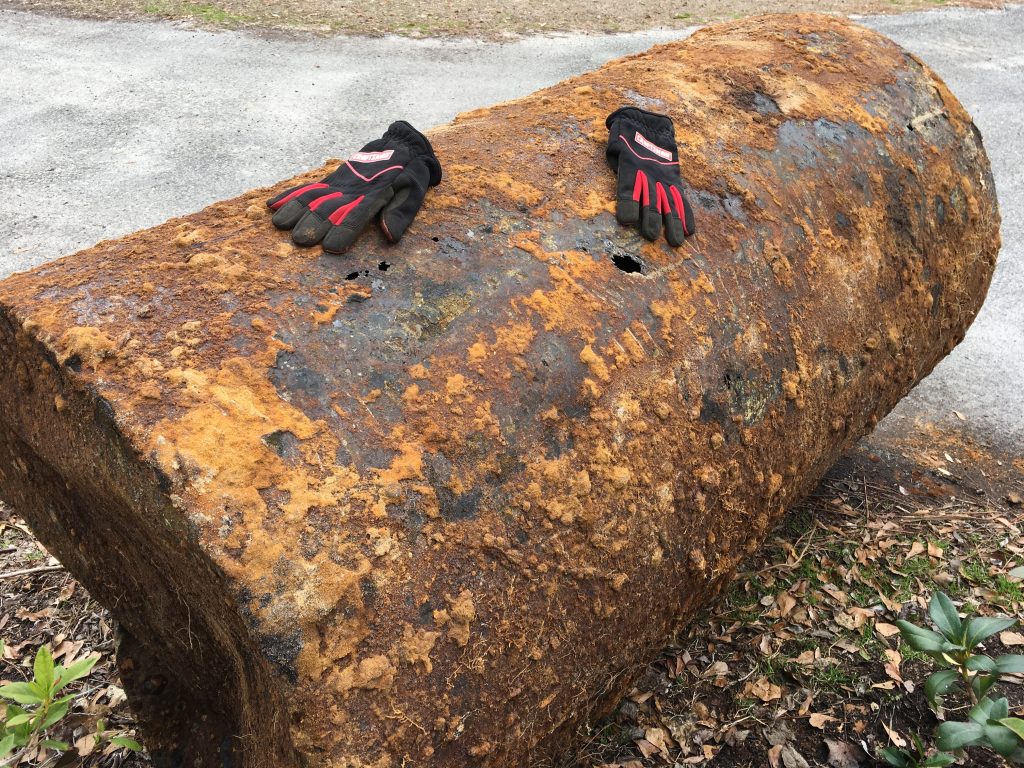After reading our “Your Liability” page, hopefully, you’re convinced that a 50 to 80-year-old oil tank needs to be removed to stop it from leaking.
If your tank hasn’t leaked yet, you should properly remove it and document the clean closure with a soil sample and professionally sealed report. Left in the ground, the tank will start to leak eventually. The sooner you remove it, the smaller and less expensive your problem.
If your tank has already leaked, as over 90% of them have, you need to consider your best strategies to address both the tank and the contamination problem.
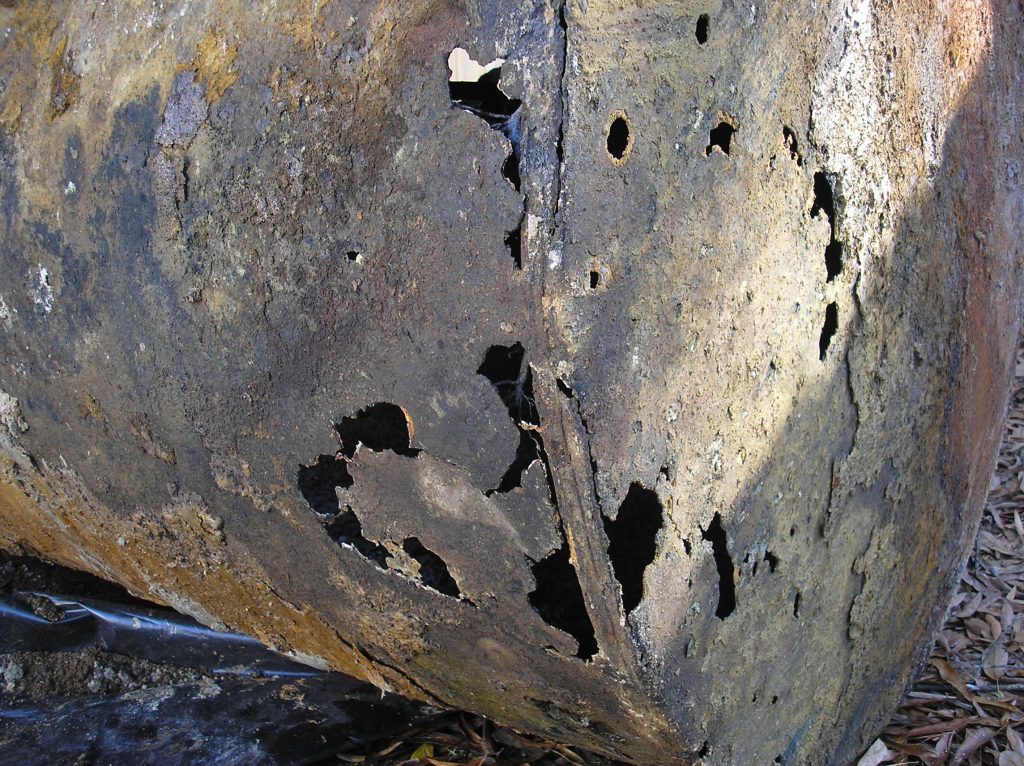
In 2015 the North Carolina Legislature directed the Department of Environmental Quality to “pause” enforcement of cleanup requirements on heating oil tanks. The contamination cleanup requirements are still “on the books” but are currently being “overlooked.” (However, they could be enforced again at any time with the stroke of a pen.)
This means that currently, the property owner has options as to how they address their leaking tank situation.
- You can simply remove the tank and conduct the State required paperwork or
- You can conduct a decided amount of contamination cleanup to help limit your liability or to satisfy a buyer or a lender.
Request a Tank Evaluation to contact determine if your tank has leaked or not.
After evaluating your tank situation, Practical Environmental Solutions will offer you several strategies to bring your property into compliance with State requirements. Although we may recommend some project options over others, we are happy to complete the scope of work that you feel is best for you and your situation.
The evaluation will include a report of findings (including a discussion of current State requirement and liability concerns), a site specific tank removal estimate, and a “menu” of contamination solution options.
So, why should you clean up oil tank contamination if the State is not forcing you to?
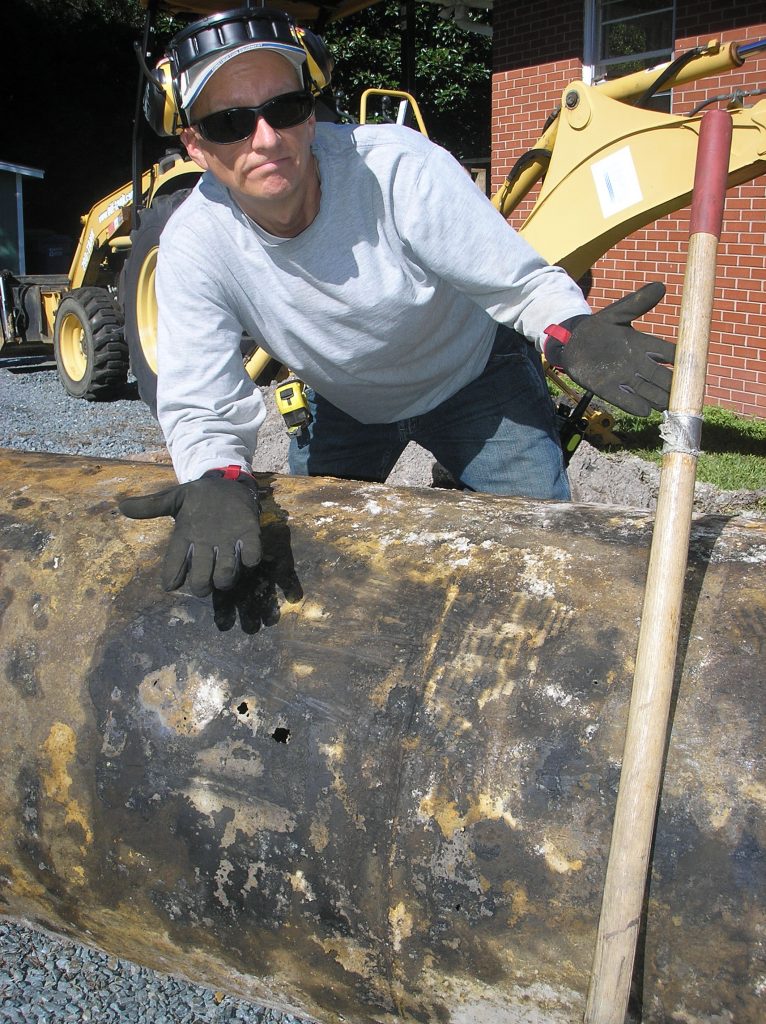
One gallon of petroleum can contaminate a million gallons of groundwater. This is because some contamination constituents are very hazardous even at very low levels and therefore are regulated and measured in parts per billion.
For example, the State’s groundwater standard for Benzene, a constituent found in petroleum fuels, is 1 part per billion. That means even an extremely low concentration of benzene would be in violation of State Groundwater Standards and is a threat to public health on surrounding properties.
Here are 8 reasons why you should conduct an elective contamination cleanup.
Remember:
Property Sellers don’t end their liability for the tank and contamination simply by selling the property.
Property Buyers become additionally responsible for a tank and contamination when they buy the property
…even if they didn’t use the tank or know that contamination was present.
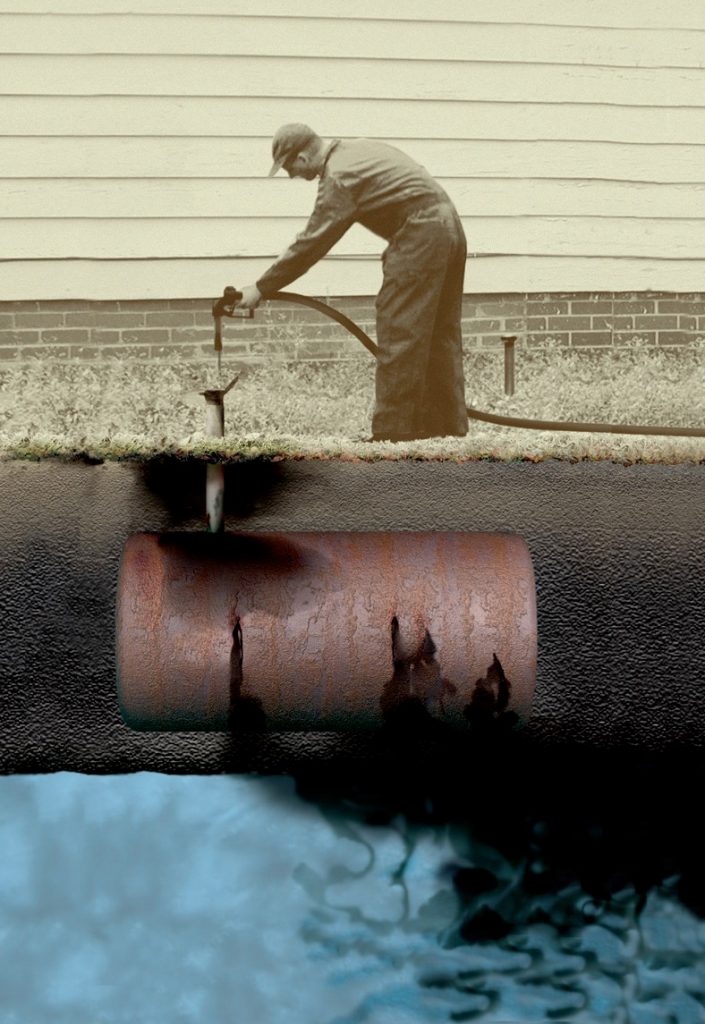
1) Removing contaminated soil helps to prevent your contamination from migrating and injuring neighbors.
Heating oil contains several hazardous chemicals that are known to cause cancer and other health problems.
Groundwater is always moving. If your tank has leaked any amount, that contamination will slowly migrate off of your property and will impact others. Neighbors could sue for damages and/or a government agency may force you to cleanup to protect public health and could levy civil penalties.
2) Contamination will not readily degrade even after several decades.
Petroleum contamination won’t just go away over time unless active cleanup is conducted. However, until cleanup is done, the contamination will continue to spread under your yard and onto adjacent properties.
Your liability remains until the contamination is adequately cleaned up, even after you sell the property.
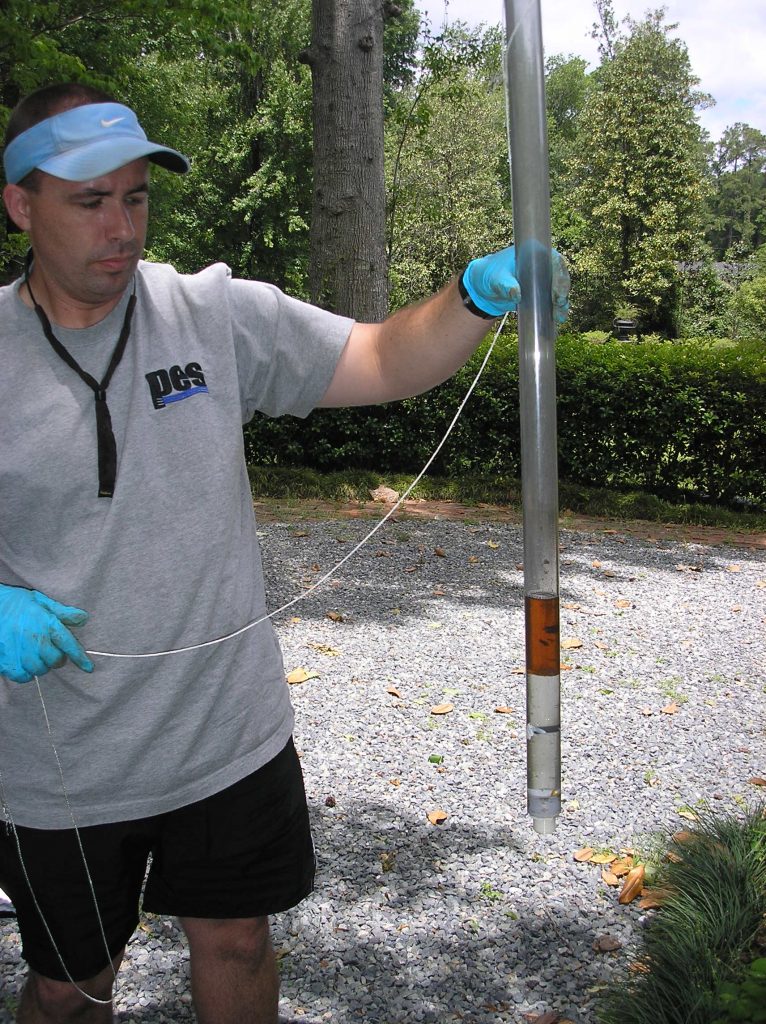
3) Oil tank contamination can be severe.
We have measured over 6 feet of fuel oil floating on top of the water table under a leaking 270-gallon residential oil tank. This leaked fuel can be captured and removed but it requires a specific plan of action. It won’t just go away over time. How much damage could 6 feet of fuel do as it migrates to the nearest irrigation well, storm drain, or surface drainage way?
4) Cleaning up contamination as soon as possible will help to limit your liability.
The more aggressively you cleanup any discovered contamination, the better it demonstrates our attempt to be a “good neighbor citizen” doing the right thing to protect public health. Having conducted an active cleanup provides a better potential legal defense in the event that someone is impacted by your tank’s leak.
The longer the contamination is left in the ground, the more it will spread and the greater chance that it will impact others.
The longer you wait, the greater your liability.
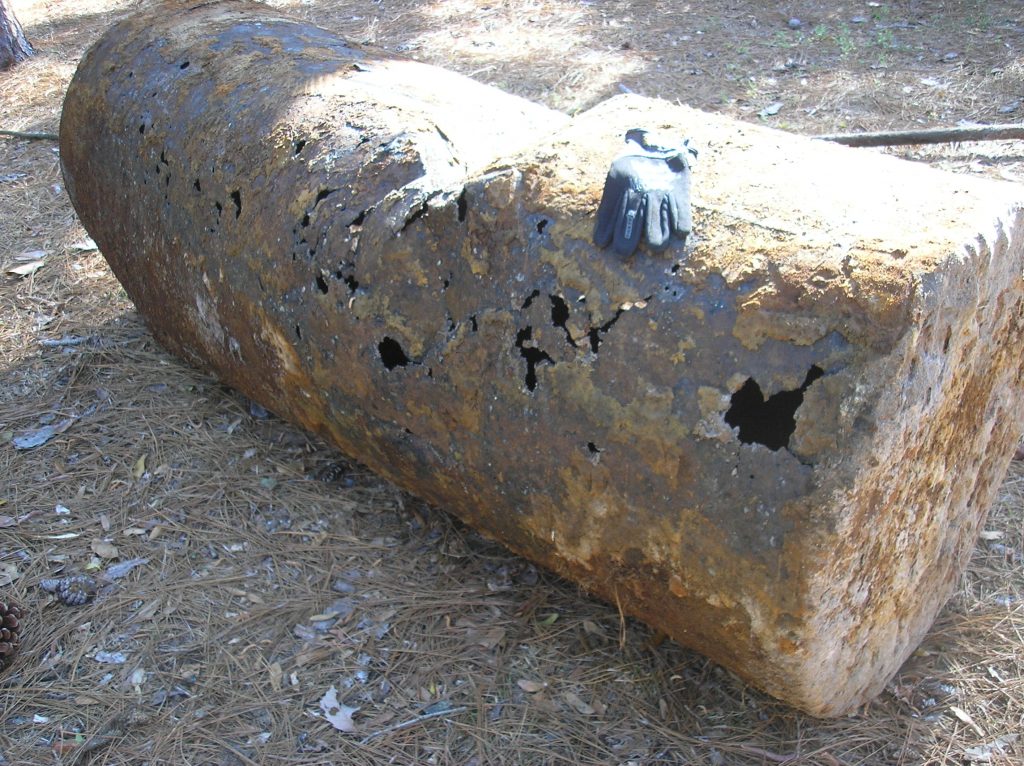
5) Even removing the “most contaminated” soil immediately adjacent to the tank will help slow and potentially eliminate contamination spreading to other properties.
Because the highest contamination concentration is typically found immediately around the leaking tank, excavating this soil as soon as possible can be very effective and reduces the property owner’s liability.
6) Contamination cleanup may be required later if it is not conducted now.
Currently the State is not enforcing the cleanup rules, but these rules are still written in the current North Carolina statutes and in State and Federal regulations. They can be enforced again at any time. They will be enforced again, eventually.
7) Cleaned up properties are more valuable then properties not cleaned up.
If every contaminated property requires a “repair” to comply with State and Federal regulations, properties that have already been cleaned up are worth more than properties where contamination cleanup has not yet been done.
8) The longer a property owner waits to clean up the contamination, the more it will cost more and the more difficult it will be.
As much as possible, we recommend following the written contamination cleanup directives and requirements for petroleum contamination. This lessens the need to conduct a forced cleanup later.
